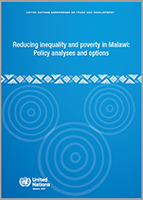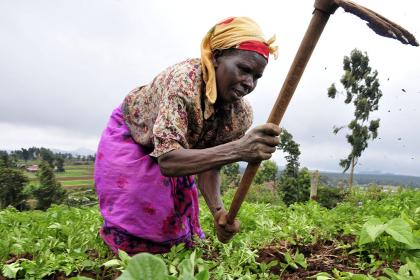
The government of Malawi, under its recent national development strategy and vision (Malawi 2063), plans to transform the country into an upper-middle-income country by 2063. Achieving this goal will require strengthening efforts to foster high and sustained economic growth. It will also require ensuring that current and future growth have significant impacts on poverty reduction through accelerating efforts to combat inequality.
Malawi has been growing modestly at an average rate of about 4 per cent for the last three decades. However, due to high levels of inequality, poverty rates have marginally improved over the last three decades relative to other countries in Africa with similar growth rates.
About 70 per cent of Malawi’s population currently lives below the $2.15 international poverty line with about 46 per cent of its national income being held by the top 20 per cent of the population.
Against this backdrop, this report examines the role of economic and social policies in understanding the evolution of inequality and poverty in Malawi over the past three decades.
Structure of the report:
- Section 2 looks at the trends in poverty, inequality, and economic growth in Malawi to provide context for the assessments in the subsequent sections of the report.
- Section 3 discusses the role that key policies have played in reducing inequality in Malawi
- Section 4 highlights key drivers of inequality in Malawi.
- Section 5 discusses the impact of COVID-19 on inequality and poverty in Malawi.
- Section 6 concludes the report and discuss policy measures to effectively reduce poverty and inequality in Malawi.




